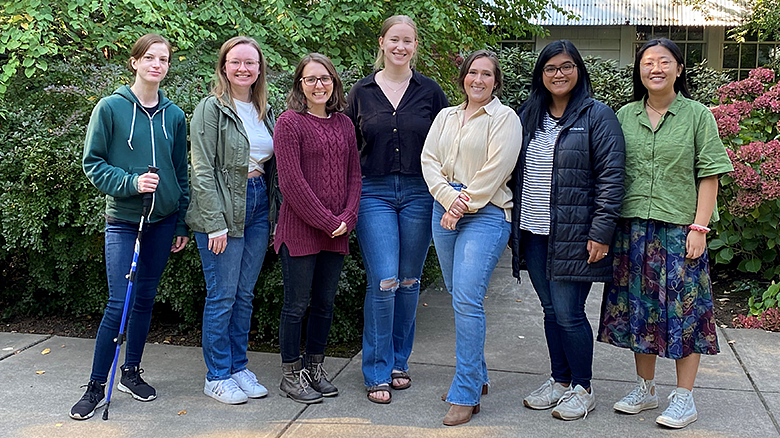
Our prevention science PhD program is one of only a few such doctoral programs in the country.
Our research-intensive degree program can be completed in four years, with students earning an MS en route to the PhD.
This program is intended for students who have completed a bachelor’s or master’s degree in a related discipline or have significant experience in:
- human development
- psychology
- social science
- education
- public health
- biology
- human physiology
- nutrition
- prevention science
Clicking on the link below will download that file to your computer/device.
For a complete list of all Prevention Science courses, please see Prevention Science (PREV) | University of Oregon Academic Catalog.
